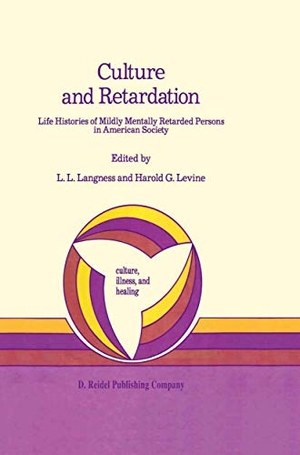Für statistische Zwecke und um bestmögliche Funktionalität zu bieten, speichert diese Website Cookies auf Ihrem Gerät. Das Speichern von Cookies kann in den Browser-Einstellungen deaktiviert werden. Wenn Sie die Website weiter nutzen, stimmen Sie der Verwendung von Cookies zu.
Cookie akzeptieren
Culture and Retardation
- Springer Netherlands
- 1986
- Gebunden
- 232 Seiten
- ISBN 9789027721778
Mental retardation in the United States is currently defined as " ... signif icantly subaverage general intellectual functioning existing concurrently with deficits in adaptive behavior, and manifested during the development period" (Grossman, 1977). Of the estimated six million plus mentally retarded individuals in this country fully 75 to 85% are considered to be "func tionally" retarded (Edgerton, 1984). That is, they are mildly retarded persons with no evident organic etiology or demonstrable brain pathology. Despite the relatively recent addition of adaptive behavior as a factor in the definition of retardation, 1.0. still remains as the essential diagnostic criterion (Edgerton, 1984: 26). An 1.0. below 70 indicates subaverage functioning. However, even such an "objective" measure as 1.0. is prob lematic since a variety of data indicate quite clearly
Mehr
Weniger
zzgl. Versand
in Kürze